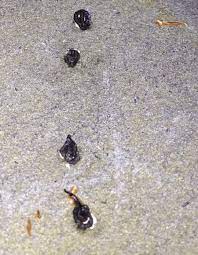Welcome, snake poop images snake enthusiasts and curious minds alike! Today, we’re delving into the mysterious world of snake poop. Yes, you heard that right – snake poop! While it may not be the most glamorous topic, understanding what lies in those scaly creatures’ droppings can reveal valuable insights about their health, diet, and even their presence in your surroundings. So grab a cup of coffee (or maybe not while reading this), and let’s explore the fascinating realm of identifying and deciphering snake poop images together.
Understanding Snake Poop
Snake poop, also known as scat or feces, can provide valuable information to snake researchers and enthusiasts. Understanding the characteristics of snake poop is essential for identifying the species of snake that left it behind. The size, shape, color, and contents of the droppings can offer clues about a snake’s diet and overall health. Different types of snakes may have distinct variations in their feces due to their dietary preferences.
Additionally, studying snake poop can help track populations in specific areas and monitor changes in ecosystems over time. By analyzing these waste products, researchers can gain insights into a snake’s behavior and habitat use patterns. So next time you stumble upon some mysterious droppings in your garden or on a hike, take a closer look – you never know what secrets they might reveal about our slithery friends!
Identifying Different Types of Snake Poop
Snake poop comes in various shapes, sizes, and textures, providing valuable clues about the snake’s diet and health. One common type is the tubular feces resembling a small sausage, typically found from snakes that consume rodents or birds. Another type to look out for is the white uric acid present in some snake droppings which can indicate dehydration or kidney issues.
Moreover, if you come across black and foul-smelling excrement, it might suggest an infection or parasites affecting the snake’s digestive system. On the other hand, if the poop appears greenish in color, it could be due to consuming vegetation or bile secretion irregularities.
Being able to distinguish between these different types of snake feces can give insight into the overall well-being of these reptiles living within your vicinity. By closely examining and understanding these variations, you can gain a deeper understanding of their habits and health conditions just by observing their waste.










